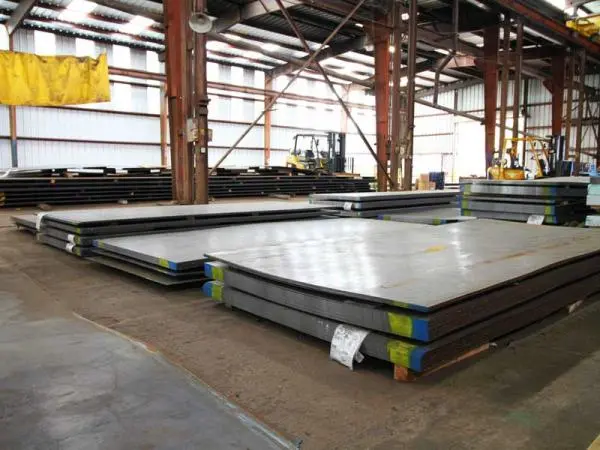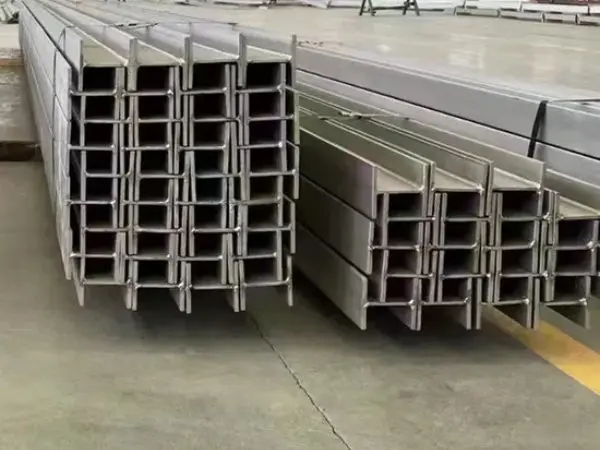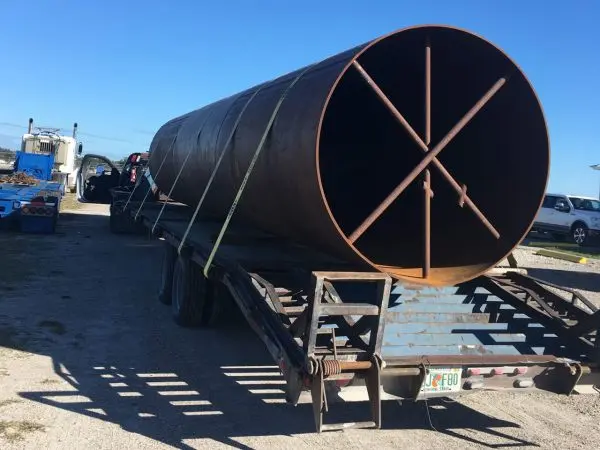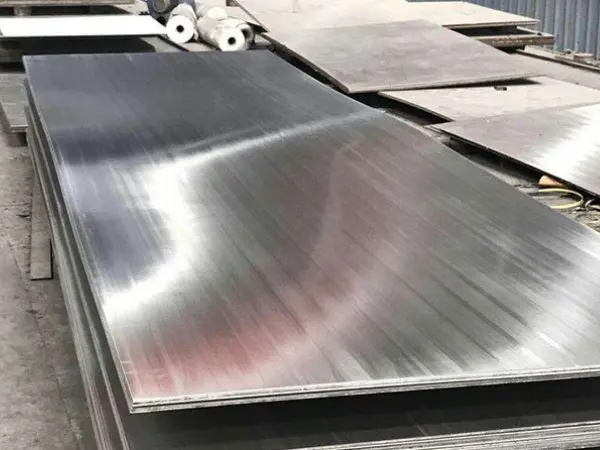- Phone0086 731 8564 8255
- E-mailsales@cscsteel-manufacturing.com
-

Packaging ceramic-lined pipes requires careful consideration to protect their integrity and prevent damage during transportation and storage. Here are some steps and best practices for packaging ceramic-lined pipes.
1. Cleaning
Ensure the ceramic-lined pipes are clean and free from any debris, dust, or contaminants. This helps prevent scratches and damage to the ceramic surface.
2. Protective Wrapping
Use protective materials such as bubble wrap, foam sheets, or protective plastic to wrap each pipe. Ensure that the ceramic surface is adequately cushioned to avoid direct contact with other surfaces.
3. End Caps
Place end caps on both ends of the pipes to protect the ceramic lining from impacts and to prevent debris from entering the pipe.
4. Layering
If packaging multiple pipes together, stack them in layers, separated by cushioning materials. Avoid stacking them directly on top of each other without protection.
5. Boxing
Use sturdy cardboard or wooden crates to package the wrapped pipes. Ensure that the box is strong enough to support the weight of the pipes and provides adequate protection.
6. Labeling
Clearly label the packages with handling instructions, such as“Fragile”or“Handle with Care,”to alert handlers to the delicate nature of the contents.
7. Sealing
Securely seal the boxes with heavy-duty tape to prevent them from opening during transit.
8. Palletizing (if necessary)
For larger shipments, consider palletizing the boxes to facilitate easier handling and transportation. Ensure the pallets are stable and do not exceed weight limits.
9. Documentation
Include necessary documentation, such as shipping invoices and handling instructions, inside the package or attached to the exterior.
10. Transport Considerations
Choose transportation methods that minimize movement and impact, ensuring that the packaged pipes remain stable throughout the journey.
By following these steps, you can help ensure that ceramic-lined pipes are well-protected and arrive at their destination in optimal condition.




